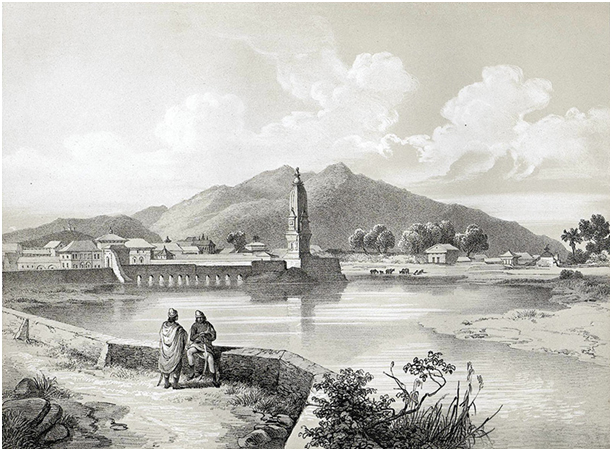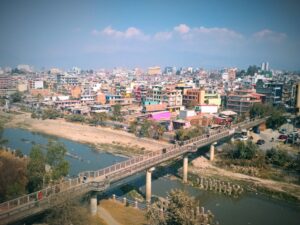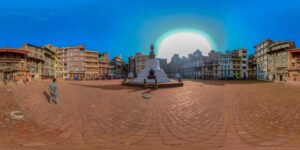Rani Pokhari, also known as Queen Pond, is a noticeable verifiable location found at the northern conclusion of Tundikhel, the huge parade ground in religious unity of Kathmandu, close to the north-eastern segment of the town called Kamalachi. This rectangular lake, with its banks adjusted in a north-south and east-west heading, highlights a Bal Gopal sanctuary in its center, associated with the western bank by a straight causeway. A tall metal fence, built roughly ten yards from the water’s edge, encases the lake, including its grand aura.
The death of King Cakravartendra Malla and Rani Pokhari
The correct circumstances encompassing the development of Rani Pokhari stay to some degree darken. The title “Rani Pokhari” proposes a queen’s association, however, the verifiable engravings related to the lake do not specify any ruler or utilize the title Rani Pokhari. The people referenced in these engravings are Lord Pratap Malla and his child, Cakravartendra Malla, in whose honor the lake was developed. Agreeing to these engravings, Lord Pratap Malla embraced the exhuming of this lovely bowl taking after the awkward passing of his child, Cakravartendra Malla, who climbed the position of authority but appallingly passed away within 24 hours.

The sorrow-stricken Maharani Bhuvana Laksmi, the mother of the expired ruler, played a critical part in the creation of Rani Pokhari. In her melancholy, she had the lake made and set up her divinities and Mahadeva in the center of it. She guaranteed that water from all the holy journey destinations, or tirthas, as well as from Budhanilkantha, was brought to fill the lake. The lake was completed and set up on the 15th day of the shinning half of Kartik in the Nepali time year 790. This act of commitment and distress drove to the lake be named Rani Pokhari, meaning “Queen’s Pond,” in acknowledgment of the queen’s essential part in its creation.
A prevalent conviction related to Rani Pokhari is that the appalling passing of Ruler Pratap Malla’s most youthful child impelled the development of the lake. The lord, grieving his son’s misfortune, accumulated water from various tirthas and built the lake, at first naming it “Nagatalau” (Naga Lake). He set his divinities in the center and filled the lake with sacrosanct water, making it in the frame of a yantra, a magical geometric chart utilized for reflection and rituals.
The elephant and Cakravartendra
Another captivating story relates to the way of Cakravartendra Malla’s passing. It is said that he was murdered by an elephant on the day of his increase to the position of royalty. In commemoration of this awful occasion, a statue of an elephant was raised on the south bank of the lake. Authentic records demonstrate that it was standard for a lord to ride through the lanes of the capital on an elephant’s back on the day of his royal celebration. This convention underscores the typical significance of the elephant in regal ceremonies and highlights the piercing circumstances of the youthful prince’s demise.
Rani Pokhari stands nowadays not as it were as a noteworthy verifiable and social point of interest but moreover as a confirmation of the profound enthusiastic and otherworldly bequest cleared out by the Malla line. The pond’s creation, driven by pain and dedication, and its complex affiliation with sacrosanct ceremonies and gods, reflect the significant association between sovereignty and the most profound sense of being in Nepal’s history. The lake proceeds to be a location of journey and reflection, drawing guests who are captivated by its peaceful magnificence and the strong stories implanted in its waters.
Preserving Rani Pokhari is crucial to maintaining Kathmandu’s cultural heritage, honoring its historical significance, and ensuring future generations appreciate its legacy of royal devotion and architectural beauty.


